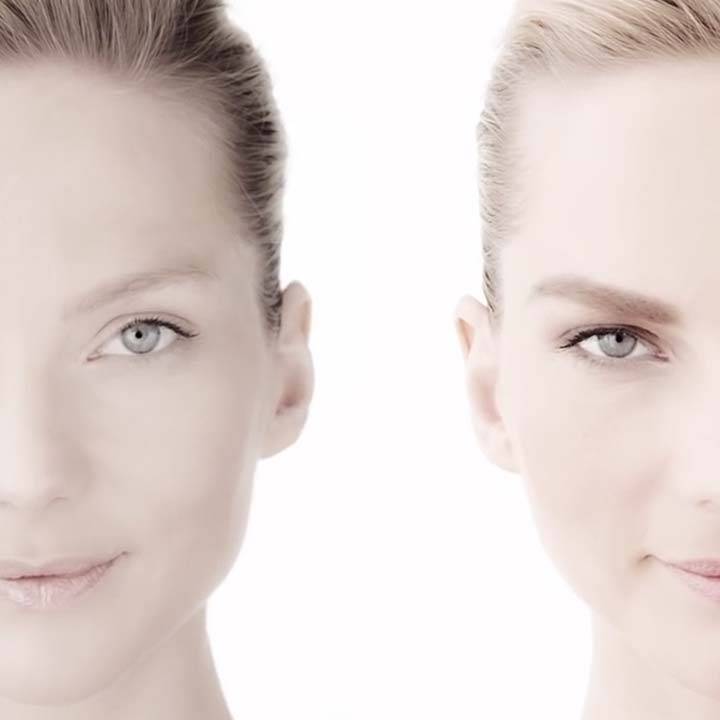Understanding the Digital Twist on Self-Perception
In the realm of modern technology and social media, the selfie has taken center stage. Selfies are no longer just a means of capturing a moment; they’ve become a form of self-expression, often laden with filters to enhance one’s appearance. One popular platform, Snapchat, offers an array of filters that can transform a face in seconds – smoothing skin, enlarging eyes, narrowing the face, and even adding virtual makeup. While these filters can be entertaining and add a touch of creativity to our photos, they’ve also given rise to a concerning phenomenon known as Snapchat Dysmorphia.
Snapchat Dysmorphia, also referred to as Snapchat Filter Dysmorphia, is a term used to describe a condition where individuals seek cosmetic procedures to resemble the filtered versions of themselves that are commonly seen on social media platforms. In essence, it’s the desire to attain an unrealistic beauty standard set by augmented and digitally altered images.
The Illusion of Perfection: How Filters Influence Beauty Standards
Filters available on platforms like Snapchat offer an illusion of perfection. They smooth out skin imperfections, minimize pores, whiten teeth, and even alter facial structures to fit into the current beauty trends. These filters often amplify features associated with conventional attractiveness – larger eyes, slimmer faces, and more defined cheekbones.
The danger lies in the fact that this perception of ‘perfection’ is unattainable in real life. Individuals can spend hours attempting to recreate the same flawless look through makeup, editing apps, or even considering cosmetic procedures. This perpetual quest for an unrealistic standard can have a detrimental impact on self-esteem and body image.
The Psychological Impact: Perils of Chasing Unrealistic Beauty
Chasing the digitally altered version of oneself can have significant psychological repercussions. When individuals are exposed to images of themselves enhanced by filters day after day, it creates a distorted perception of their true appearance. The pressure to look like one does with a filter can lead to body dysmorphic disorder (BDD), a mental health condition characterized by an obsessive focus on perceived flaws in appearance.
Moreover, studies have shown a correlation between the use of social media and an increase in body dissatisfaction and a decline in self-esteem, especially in adolescents and young adults who are more susceptible to these influences. Anxiety, depression, and a diminished sense of self-worth can further escalate as individuals constantly strive to match up to digitally perfected versions of themselves.
Breaking Free from the Digital Trap: Embrace Your True Self
It is crucial to recognize the difference between digital enhancements and reality. Embrace your unique features and imperfections; they are what make you, ‘you’. Authenticity should be celebrated over conformity to virtual standards. Here are some steps to help break free from the digital trap:
1. Digital Detox
Limit your use of filters and take regular breaks from social media to reconnect with your real self. Remember, everyone has imperfections, and that’s what makes us human.
2. Positive Affirmations
Practice positive affirmations to boost self-esteem and acceptance of your natural appearance. Remind yourself daily of your unique beauty and worth beyond any filters.
3. Authenticity Campaigns
Support and engage with campaigns promoting authenticity and body positivity. Join the movement to encourage others to embrace their true selves.

Educating the Digital Generation: Promoting Positive Body Image
The importance of education cannot be overstated. It’s essential to educate the younger generation about digital manipulation and its potential harms. Parents, teachers, and influencers should engage in open conversations about body image, self-esteem, and the influence of filters on our perception of beauty. By doing so, we can help the digital generation navigate the world of social media with a healthier mindset.
Expert Insights: Rose-Marie Swift’s Take on Authentic Beauty
Rose-Marie Swift, a renowned beauty industry veteran, is a fervent advocate for natural beauty and authenticity. According to her, “True beauty lies in embracing your unique features. Filters can be fun, but they should never define your self-worth or alter your perception of reality.”
In an industry where unrealistic beauty standards are perpetuated, Rose-Marie Swift’s approach emphasizes that true beauty comes from embracing your authenticity, imperfections and all.
Comparative Table: Reality vs. Digital Filters
To better understand the stark difference between natural beauty and digitally altered beauty through filters, let’s take a comparative look.
| Aspect | Natural Beauty | Digital Filters |
|---|---|---|
| Skin Texture | Real and natural | Smoothed and flawless |
| Face Shape | Unique and authentic | Altered and symmetrical |
| Imperfections | Embraced and celebrated | Concealed and removed |
Conclusion: Let Your Authenticity Shine Beyond Filters
Snapchat Dysmorphia serves as a stark reminder of the necessity to foster a healthy relationship with technology and social media. Beauty should be celebrated in its authentic form, not a distorted digital portrayal. Let us break free from the allure of filters and embrace our true selves, acknowledging that our unique features define our beauty. Remember, your authentic self is more beautiful and valuable than any filter can ever enhance or alter.










